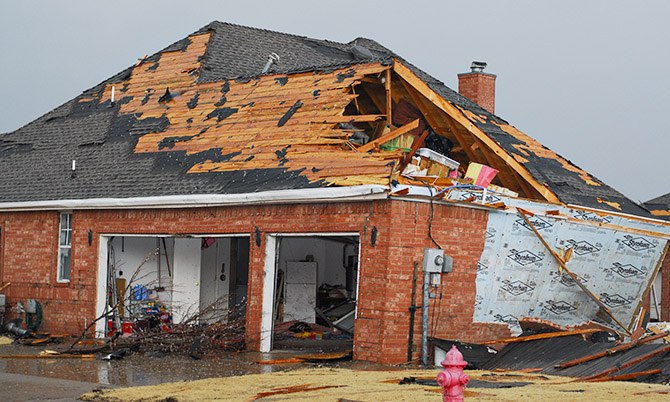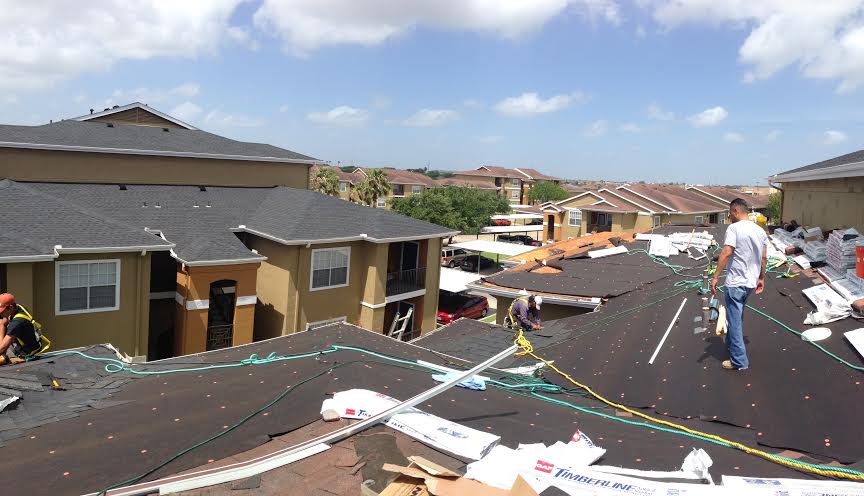Are you aware of the factors that determine your roof insurance claim coverage? Understanding what influences the amount of coverage you receive can help you better prepare for unexpected damages. In this article, we will explore the key factors that insurance companies consider when evaluating roof claims, giving you valuable insights into how to navigate the claims process effectively.
When it comes to determining your roof insurance claim coverage, several factors come into play. First and foremost is the cause of the damage. Whether it’s due to severe weather conditions like hailstorms or hurricanes, or if it’s caused by a fire or falling objects, understanding the root cause will help determine whether your claim will be approved and how much coverage you’ll receive.
Additionally, knowing which events are covered by your policy is crucial as certain natural disasters may not be included in standard coverage.
Get ready to learn valuable insights that will help ensure a smoother claims process should unforeseen damages occur to your roof.
Cause of Damage
One factor that determines your roof insurance claim coverage is the cause of damage, which can vary depending on the specific circumstances.
When it comes to roof damage, insurance companies typically differentiate between natural causes and human-caused factors. Natural causes may include events like storms, hail, or falling trees due to strong winds. On the other hand, human-caused factors could involve accidental or intentional acts such as vandalism or negligence.
Understanding the cause of damage is crucial because it affects your repair options and the extent of coverage you can expect from your insurance provider. Insurance adjusters will investigate the cause thoroughly to determine if it falls within the terms of your policy.
For instance, if your roof sustained damage due to a storm, you would likely be covered for repairs or even replacement costs. However, if the damage was caused by something excluded in your policy, such as poor maintenance or wear and tear over time, you may have limited coverage options.

It’s essential to communicate openly with your insurance adjuster and provide all necessary documentation to support your claim accurately.
Covered Events
If you’re looking for an exciting topic to dive into, let’s talk about the events that are covered by your roof insurance. When it comes to filing a roof insurance claim, understanding what events are covered is crucial.
Your roof insurance is designed to provide financial protection in case of damage caused by specific events. These events can include severe weather conditions like hurricanes, tornadoes, or hailstorms. Additionally, fire and smoke damage may also be covered under your policy.
It’s important to familiarize yourself with the terms of your policy and know what events are covered so that you can take appropriate action if such situations arise.
When going through the roof insurance claim process, keep in mind that there are certain requirements you need to meet for coverage. Insurance companies have specific guidelines and criteria that must be met before they approve a claim.
Some common insurance claim requirements include documenting the damage with photographs or videos, providing proof of ownership or occupancy of the property, and reporting the incident promptly to your insurance company.
It’s essential to follow these requirements carefully as any errors or omissions could potentially result in a denial of coverage. By understanding what events are covered and meeting the necessary insurance claim requirements, you can ensure a smoother process when filing a roof insurance claim and increase your chances of receiving the compensation you deserve.
Exclusions and Limitations
Despite the protection your roof insurance provides, it’s important to be aware of the exclusions and limitations that may apply.
While your policy is designed to provide coverage for a variety of events, certain situations may not be covered. These policy exclusions can include things like neglect or poor maintenance of your roof, intentional damage caused by you or someone in your household, and natural wear and tear over time.
It’s crucial to carefully review your insurance policy to understand what specific exclusions may apply in order to avoid any surprises when filing a claim.
In addition to policy exclusions, there are also coverage limitations that you should be mindful of. Some policies may cap the amount they will pay for certain types of damage or repairs. For example, if a hailstorm damages your roof, there may be a limit on how much the insurance company will cover for repairs or replacement.
It’s important to know these limitations to make informed decisions about how much coverage you need and whether additional riders or endorsements are necessary to fully protect your investment. By being aware of both the exclusions and limitations in your roof insurance policy, you can better prepare yourself financially and emotionally in case an unexpected event occurs.

Documentation and Proof of Damage
To truly understand the impact of a roof damage event, it’s crucial for you to gather and provide documentation and proof that will stir up empathy in the hearts of those processing your claim. When it comes to insurance claims, a picture is worth a thousand words. Take photos and videos of the damage from multiple angles, capturing close-ups as well. These visual records will serve as tangible evidence of the extent of the damage and can greatly strengthen your case.
In addition to visual documentation, obtaining an expert assessment of the roof damage is important. Hiring a professional roofing contractor or inspector who can assess the extent of the damage and provide a detailed report will add credibility to your claim. The expert’s evaluation can help validate your account of what happened and establish the cause, severity, and estimated cost of repairs. This additional layer of expertise can significantly increase your chances of receiving fair compensation for your roof damage.
By providing clear photos and videos along with an expert assessment, you are presenting compelling evidence that speaks directly to the emotions of those reviewing your claim. This level of detail not only helps them visualize the impact but also builds trust in your account. Remember, when it comes to documenting roof damage for insurance purposes, thoroughness is key in ensuring that you receive appropriate coverage for repairs or replacement needed.
Claims Process and Approval
Once you have gathered all the necessary documentation and proof of damage, it’s time to navigate through the claims process and await approval. This can be a nerve-wracking time, but understanding the steps involved can help ease your mind.
After submitting your claim, it will go through a claims assessment by your insurance company. They will assign an insurance adjuster to evaluate the extent of the damage and determine if it falls within the coverage of your policy. The insurance adjuster plays a crucial role in this process as they are responsible for inspecting your roof and assessing the cost of repairs or replacement.
They will schedule a visit to your property to assess the damage firsthand and gather additional information that may be needed. It’s important to be present during this inspection to point out any areas of concern or provide any relevant details about the incident that led to the damage.
Once their assessment is complete, the insurance adjuster will submit their findings to the insurance company for approval. This is where patience becomes essential as it may take some time for them to review all the information and decide.
While waiting for approval, it’s advisable to stay in touch with your insurance company and inquire about any updates on your claim. Remember, they’re there to assist you throughout this process and provide guidance along the way.

